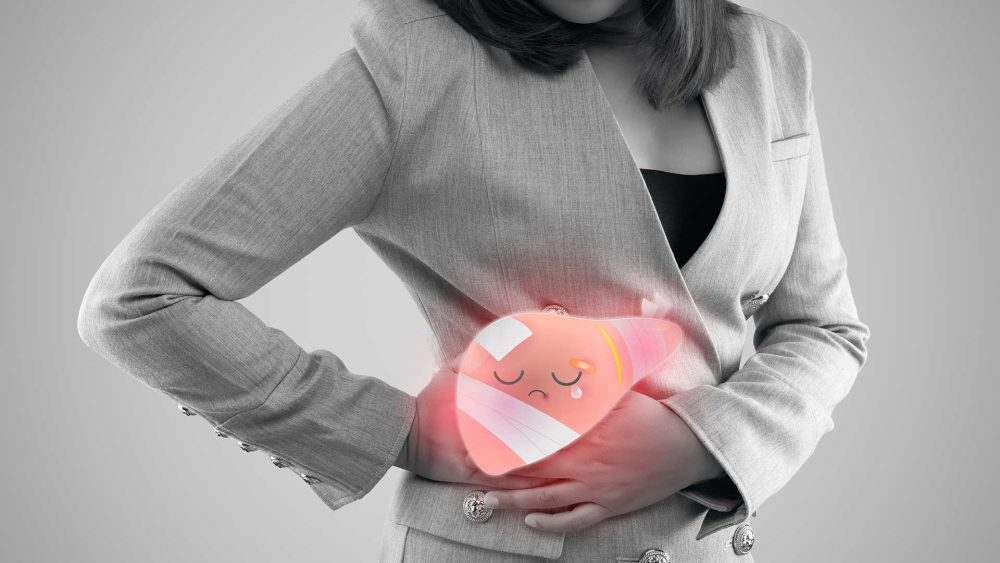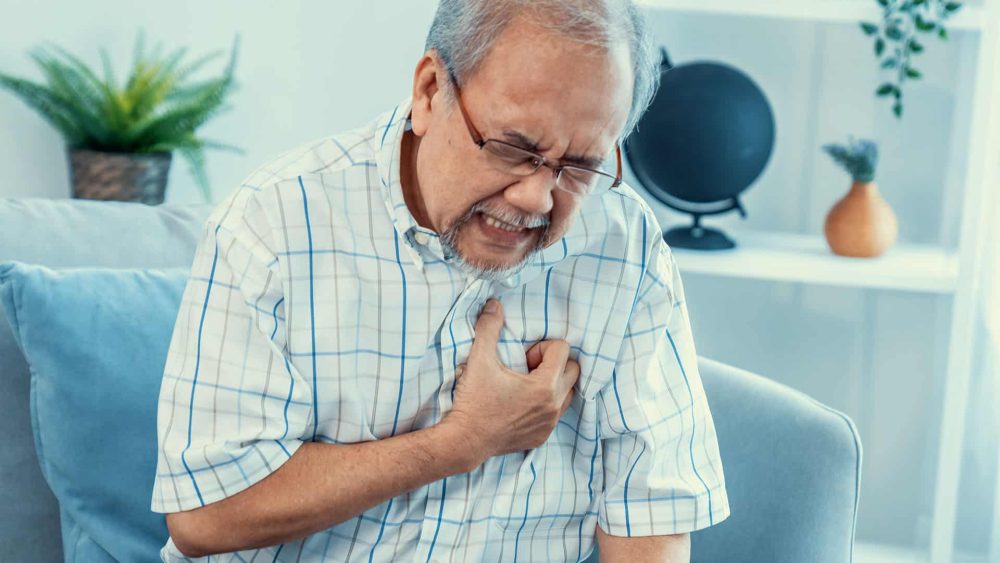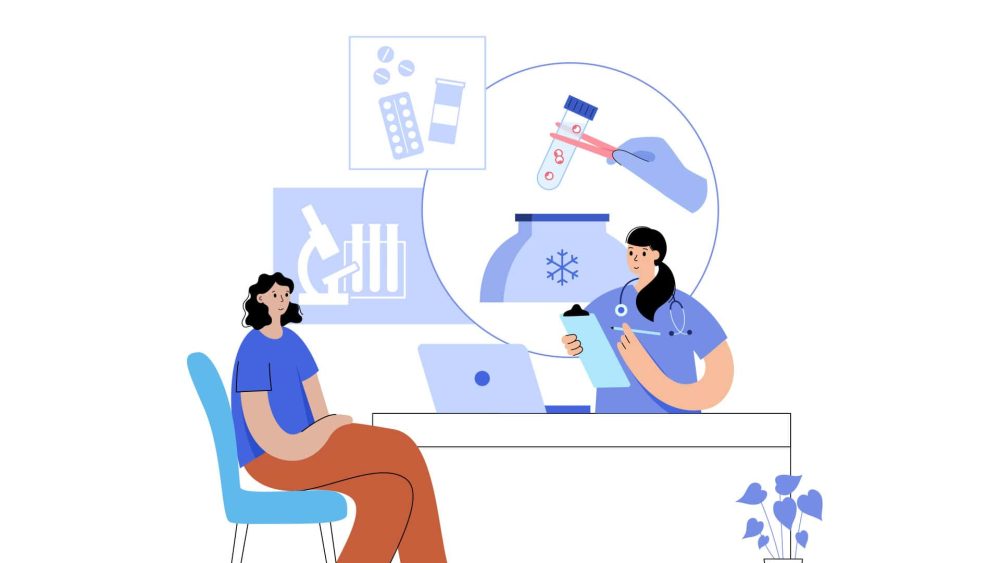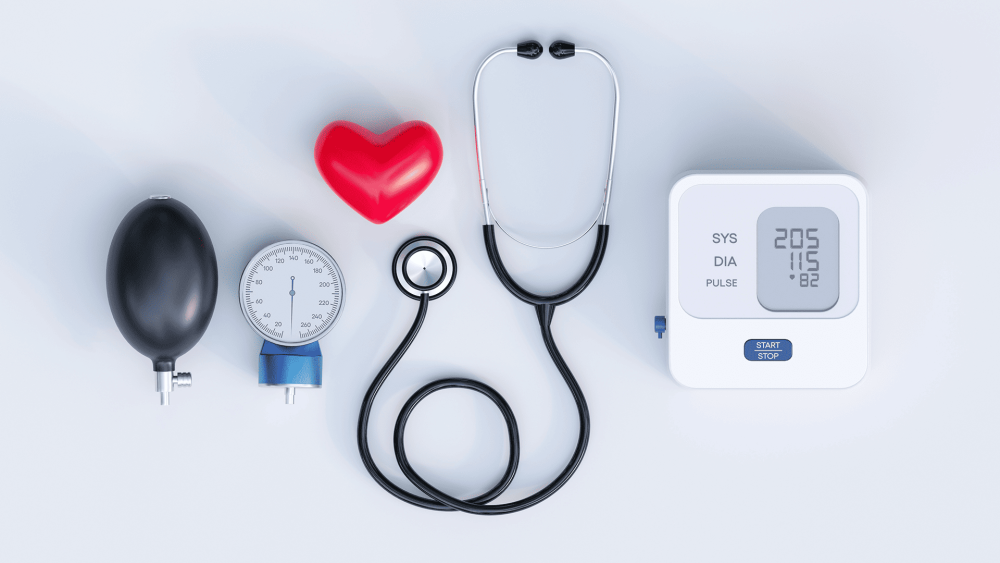Every year, the world commemorates Lung Cancer Awareness Month in November to increase awareness on the disease.
Lung cancer is the most diagnosed cancer worldwide. In Singapore, it is the second most commonly diagnosed cancer (15.1%) and the third most commonly diagnosed cancer (7.6%) among Singaporean men and women. Lung cancer has the highest cancer mortality rate (27.1%) among Singaporean men and the second highest cancer mortality rate (16.5%) among Singaporean women.
Types of Lung Cancer
Lung cancer can be divided into two major types based on the appearance of lung cancer cells under the microscope. Treatment decisions are based on the cancer cell type.
The two general types of lung cancer include:
- Small cell lung cancer (SCLC)
Small cell lung cancer, which makes up 10 to 15 per cent of all lung cancer cases, occurs almost exclusively in heavy smokers. - Non-small cell lung cancer (NSCLC)
Non-small cell lung cancer, which makes up 85 to 90 per cent of all lung cancer cases, is an umbrella term for several types of lung cancers. NSCLC include squamous cell carcinoma, adenocarcinoma and large cell carcinoma.
A 2006 study by the National Cancer Centre Singapore found that 32 per cent of NSCLC patients were never-smokers who have never smoked a cigarette in their life. By 2018, this number had increased to 48 per cent in a span of 10 years.
The prognosis for NSCLC is better than SCLC. The cure rate for stage 1 NSCLC is 70 to 80 per cent with surgery, while the cure rate for stage 1 SCLC is estimated to be about 25 to 30 per cent with surgery followed by concurrent chemotherapy or radiation therapy.
Risk Factors of Lung Cancer
Risk factors for lung cancer include:
- Smoking. The risk of lung cancer developing in a smoker is 15 to 25 times more than a non-smoker. The risk increases with the number of cigarettes smoked each day and the number of years one has smoked. Quitting at any age can significantly lower one’s risk of developing lung cancer.
- Exposure to secondhand smoke.
- Previous radiation therapy.
- Exposure to asbestos and other carcinogens. Workplace exposure to asbestos and other substances known to cause cancer — such as arsenic, chromium and nickel — can increase one’s risk of developing lung cancer, especially if you’re a smoker.
- Exposure to radon gas. Radon is produced by the natural breakdown of uranium in soil, rock and water that eventually becomes part of the air we breathe. Unsafe levels of radon can accumulate in any building, including homes.
- Family history of lung cancer. People with a parent, sibling or child with lung cancer have an increased risk of the disease. In non-smokers diagnosed with lung cancer, possible causation could be due to environmental factors such as pollution and exposure to cancer-causing chemicals along with genetic predisposition.
Symptoms of Lung Cancer
It is difficult to detect lung cancer as both SCLC and NSCLC have no symptoms in the early stages. About 70 per cent of lung cancer is detected at stages 3 or 4, while 30 per cent of cases are found in stages 1 or 2. One should see a doctor should there be any of the following symptoms:
- Persistent cough
- Shortness of breath
- Chest pain
- Coughing up blood
- Recurring chest infection
- Hoarseness
- New onset of wheezing
- Loss of weight
- Loss of appetite
Diagnosing Lung Cancer
Chest X-ray is often the first test to be performed, and sputum – commonly known as phlegm – may be sent for testing of cancer cells or infections. If the suspicion of cancer is high, or if the chest X-ray shows any abnormality, a CT scan will also be done to evaluate if there is any presence of lung cancer. If this scan shows a suspicious mass, a biopsy may be recommended, where a small specimen from this mass is then obtained for examination under a microscope to detect if cancer cells are present.
Screening for Lung Cancer
The decision to screen for lung cancer should be individualised. It is based on presence of high risk factors such as family history, smoking history, occupational exposures and age.
Annual low-dose CT screening for lung cancer can be considered for:
- Individuals aged between 55 to 74 who have smoked ≥30 pack years and are continuing to smoke
- Individuals aged between 55 to 74 who have smoked ≥30 pack years but quit <15 years ago
A pack-year is smoking an average of one pack of cigarettes per day for one year. For example, a person could have a 30 pack-year history by smoking one pack a day for 30 years or three packs a day for 10 years.
The need for screening by CT scan must be balanced with the risk of exposure to radiation, financial costs of CT screening, and a high rate of false positive findings. The commonly used chest X-rays can sometimes detect larger tumours, but more often than not fail to detect early disease. The presence of old inflammatory shadows, calcification and fibrotic changes would reduce the sensitivity further. Hence, chest X-rays on its own can fall short as a tool for lung cancer screening.
Tips to Prevent Lung Cancer
- Do not smoke. If you do smoke, quit.
- Stay Away from Secondhand Smoke – Smoke from smokers’ cigarettes, pipes, or cigars is called secondhand smoke. Secondhand smoke can cause lung cancer in adults who have never smoked. Never-smokers who are exposed to secondhand smoke at home or at work has an increased risk of lung cancer by 20 to 30 per cent.
- Reduce your exposure to chemicals known to cause cancer, such as: Arsenic, asbestos, beryllium, cadmium, substances containing nickel or chromium, coal products, air pollution, such as exhaust from diesel engines. Have your home tested for radon, a radioactive gas that has no colour or odour.
Learn more about lung cancer and the treatment options available.










